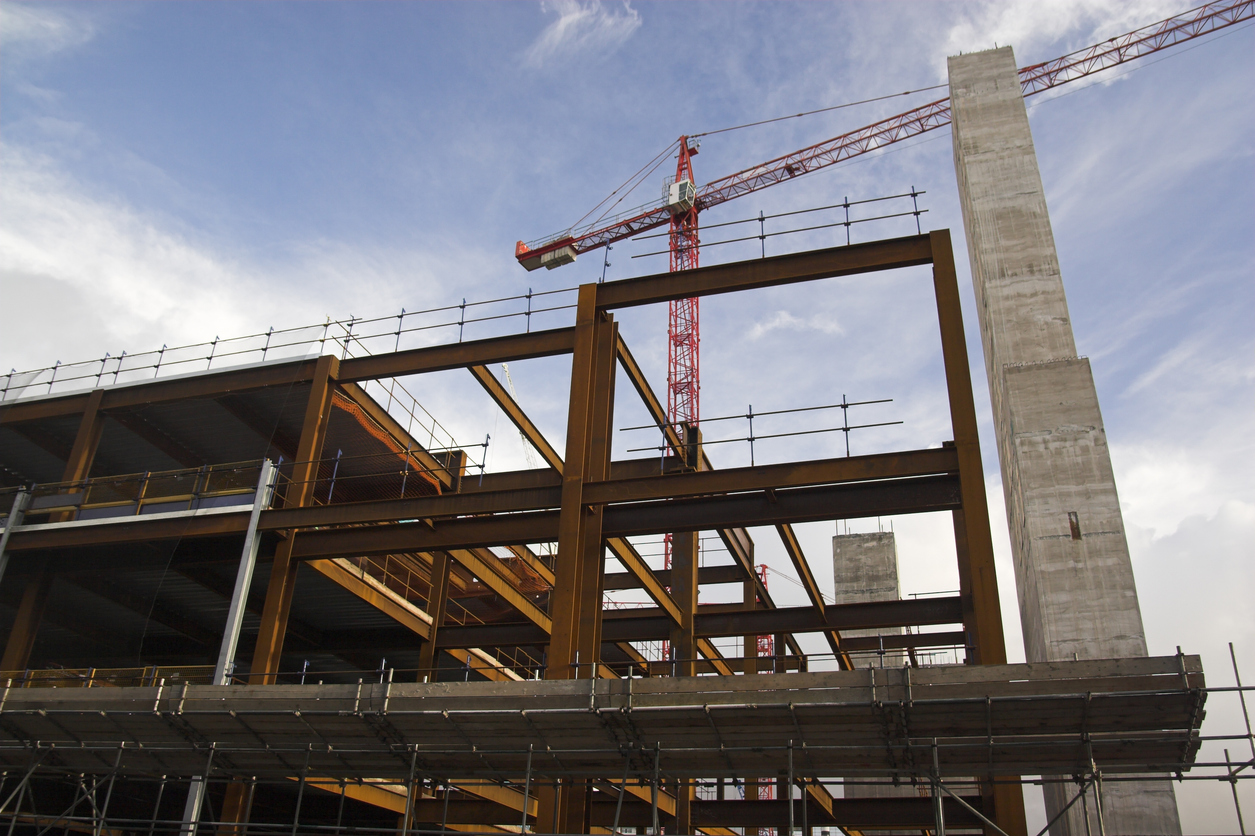Over the last 25 quarters, the Commercial Property insurance market has seen high single to double-digit rate increases. In some cases, there have been triple-digit increases, depending on geographic location and losses. This year, clients are still seeing premium increases. However, overall, the insurance market has begun to stabilize, with insurers keeping a close eye on the continued severe convective storms battering the country and a hurricane season forecasted to be explosive. Conditions in the Property insurance market can quickly change with restricted capacity and higher rate increases if significant storms hit the Atlantic and Gulf as projected.
Older Buildings
The Habitational Property insurance (multifamily housing, condos, apartments, co-ops, HOAs, and student housing) market continues to be challenging due to the high frequency of losses (natural disasters, including floods, wildfires, hurricanes, and earthquakes) that add to expenses and underwriting unprofitability for carriers. Older properties are particularly challenging due to their insurance undervaluation. If a loss occurs, these properties in rebuilding must comply with current building codes, with claim costs often higher than their replacement cost values.
Different Construction Types Weather Hazards Better
The type of construction impacts the Property rates. For example, wood-frame buildings are challenging as they present greater fire and water risks than other types of construction. Additionally, other types of construction are more resilient against wind hazards.
Joisted masonry risks involve exterior walls constructed of a material such as brick, hollow or solid concrete block, concrete, clay tile, or a similar material. Pre-engineered metal construction risks include rigid steel framing members and exterior walls made of metal siding, sandwich panels, or masonry, with a roof clad with metal roofing or sandwich panels.
Steel frames, protected steel frames, and reinforced concrete frames have structural floors and roofs made of non-combustible materials but differ in their supports and additional options for wind resistance.
Risk Mitigation
It’s crucial to provide underwriters with a complete picture to evaluate risk properly, including the risk-mitigation measures in place to minimize and prevent property losses. Property owners/management companies should regularly inspect and test safety equipment to identify potential hazards. Additionally, property owners can use technology to assist in loss prevention. Sensors, for example, can locate water leaks early on or alert an insured when pipes are about to freeze.
As properties age, they also necessitate ongoing maintenance and occasional significant repairs, like HVAC or roof replacements. These repairs and replacements are critical in mitigating risk.
About Seneca Insurance Companies
Seneca Insurance Companies offers admitted and non-admitted Property coverage options for habitational insureds. We offer limits of up to $75 million per location on an all-risk basis (subject to inspection). Catastrophe perils are available, depending on the location and the building’s risk profile.

